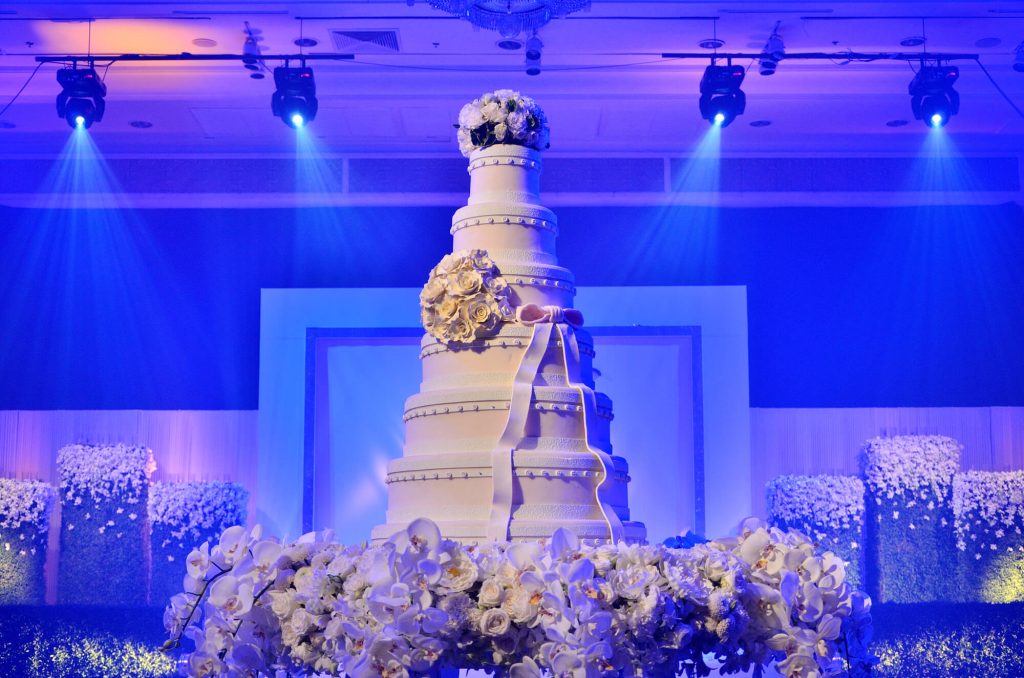Everyone knows that a wedding day is one of the most important days in one’s life. While traditional wedding photography has been a staple at most weddings for decades, videography has taken some time to become more common. Now that it is a standard part of many weddings, couples can benefit from knowing the basics of wedding videography, including lighting.
Wedding videos can appear dark or grainy without adequate lighting, distracting the viewer from the details it was intended to capture. A lack of lighting or the wrong lighting can severely reduce the quality of your wedding video.
Lighting establishes the mood, as any photographer or videographer will tell you. Happiness is usually conveyed with brighter lights, while somber occasions may use darker lighting or shadows. In any instance, you should ensure that you work with the videographer to capture the overall mood or tone of your wedding.
Before hiring a wedding videographer, it’s essential that you discuss with them the details of the ceremony and reception. You can even provide photos to help them understand the current lighting, which ensures they bring appropriate wedding videography gear to enhance the lighting, if necessary.
Types of Lighting
Videographers may use different types of lighting to enhance the video, such as:
Key lighting
This lighting is at the base of the shot and can be used to illuminate a scene. This lighting may be especially important for key moments in the wedding, such as when vows are exchanged or during toasts given by guests.
Fill lighting
Fill lighting is a secondary source of illumination used to enhance a subject or specific elements in the shot.
Backlighting
Backlighting refers to shots in which the lighting is provided from behind. It can create a dramatic effect or a glow around the subject.
Natural light
Natural light will be a big part of filming outdoor weddings, but natural light varies throughout the day. A skilled videographer will understand how to use natural light to their advantage no matter how it changes throughout your wedding day.
Changing colors
Photographers can use different lenses, filters, or cameras to accent the subject with color, which often conveys different emotions and moods. In addition to the intensity and placement of any lights, the videographer should adjust for color temperature. The color temperature should focus on selecting either warm or light temperatures without mixing them. Mixing the color balance can complicate the video editing process.
Contrast lights
Contrast lighting is the relationship between light and dark in a shot. It is often used to draw the eye to a specific point in the image. These lights can make the subject more prominent in the video.
Some lighting adjustments may be made during video editing. Still, your video quality will be much better if your videographer understands how to implement different video lights to ensure optimal shots throughout the film.
Wedding videography can ensure you capture your big day’s small details. In addition, this footage can help you relive the experience with future generations of your family. But nothing is more frustrating than viewing these precious memories as a poor-quality film.
Therefore, discuss wedding lighting with your videographer. It’s crucial that you know their plan for wedding lighting and that it will capture the day as you want it!


